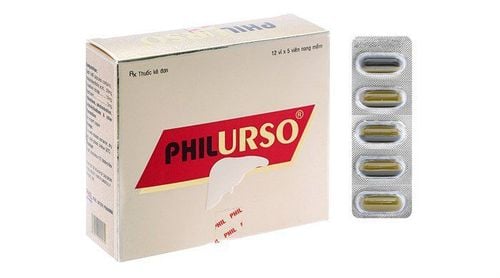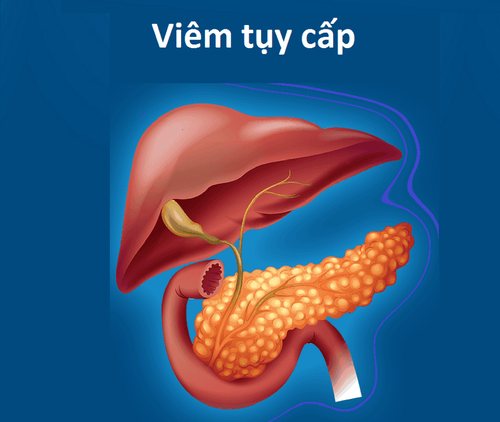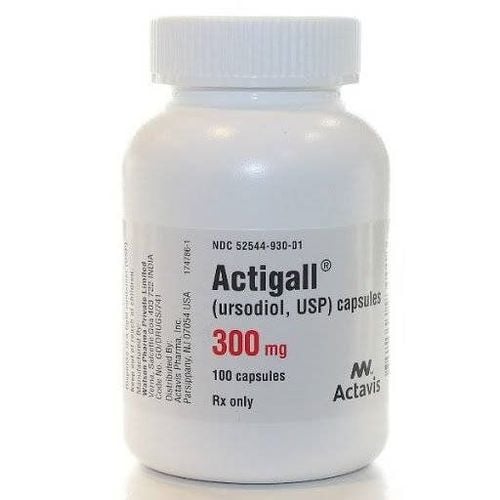This is an automatically translated article.
The article was professionally consulted by Specialist Doctor I Vo Thi Thuy Trang - Gastroenterologist, Department of Medical Examination & Internal Medicine - Vinmec Danang International Hospital. The doctor has many years of experience in the field of gastrointestinal endoscopy.1. What is a hepatobiliary tract abscess?
Hepatobiliary tract abscess or hepatobiliary tract abscess is a necrotic inflammatory lesion of the liver and biliary epithelium that is concentrated in groups of tissues. The inflammatory process leading to the abscess-like lesions can be acutely severe or chronic inflammation occurs over a long period of time.Infections and abscesses in the liver are more frequent than those in the biliary system. Hepatobiliary tract abscess can occur in any age group, with no difference between men and women. Hepatobiliary tract abscess is common in patients with a history of biliary tract infection and surgery to remove gallstones. The general condition of patients with hepatobiliary tract abscess is often poor with exhaustion, high fever, changes in hemodynamics and consciousness, and abdominal pain. Treatment of hepatobiliary tract abscess should be done aggressively to relieve symptoms and address the underlying cause.
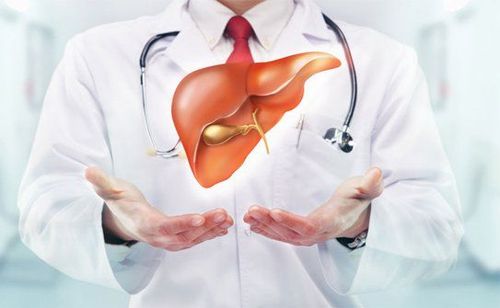
2. Causes of hepatobiliary tract abscess
The causative agents of hepatobiliary tract abscess are pathogenic microorganisms that invade the tissues of the hepatobiliary system and cause inflammation. In our country, liver and biliary tract abscesses are caused by tropical agents, divided into two main groupsAmoebas mainly cause liver abscesses with diffuse or localized lesions. The tissues of amoebic hepatitis gradually increase in size and block the blood vessels to feed, leading to tissue necrosis and the formation of purulent organizations or abscesses. The necrotic tissue caused by amoeba has a characteristic chocolate color. Liver abscesses often have many walls, thick and rough walls. If located close to the liver capsule, the abscess can spread and cause rupture of the capsule during growth.
Bacteria Bacteria that cause liver and biliary abscesses are more common. Biliary obstruction due to stones is a favorable factor for the process of biliary tract infection and the formation of abscesses. In the first stage, the inflammatory tissues are localized, the bile is cloudy and may contain pus. When the obstruction in the biliary tract is not resolved, the infection becomes more severe, leading to the formation of abscesses. The biliary system in the liver is also blocked, cholestasis and hepatitis. Bacterial liver and biliary abscesses are often formed in large numbers, scattered in many locations, and are not too large in size.

3. Clinical symptoms of hepatobiliary tract abscess
Hepatobiliary tract abscess is a serious infectious disease, so clinical symptoms are often aggressive and disease-oriented. The patient was completely exhausted, had a high fever and was very tired. Damage to the liver and biliary tract affects the digestive system, causing the patient to lose weight and become emaciated.Abdominal pain in the liver: Typically, the patient will feel pain in the right lower quadrant corresponding to the position of the liver and biliary system in the abdomen, possibly spreading to the right shoulder. Pain increases with deep breathing or movement. If the abscess is located close to the liver capsule, under the skin surface, a bulging mass can be observed, pressing much pain.
Clinical manifestations of biliary obstruction can detect jaundice, yellowing of the eye conjunctiva, dark yellow urine and pale stools. Depending on the degree of biliary obstruction, the symptoms can vary in severity.
Examination revealed increased liver size, much pain to touch, positive liver fibrillation. Hepatic enlargement is evident in amoebic liver abscess.
If the liver abscess bursts into the right pleura, the patient may have manifestations of pleurisy such as chest pain, decreased lung sound, percussion perforation of the right lung.

4. Diagnosis of hepatobiliary tract abscess
Hepatobiliary tract abscess is diagnosed based on a combination of history taking, clinical examination and laboratory tests. The clinical symptoms of hepatobiliary tract abscess are diverse and specific, so they play a role in guiding a pathology in the hepatobiliary system. Laboratory tools are used to confirm the diagnosis and assess the severity and complications of the disease. Some commonly used imaging tests and procedures include:Blood count : Neutrophil predominance suggests an inflammatory condition. Erythrocyte sedimentation rate, inflammatory protein C, and procalcitonin were also elevated in hepatobiliary tract abscess. If amoebic pathogens are suspected, a blood test for anti-amoeba antibodies may be ordered. Abdominal radiographs help to rule out other acute abdominal pain and suggest a liver abnormality with large hepatic shadow, right diaphragm elevated above normal, and flank opacity. diaphragm if there are complications of pleurisy. Abdominal ultrasound: Detects the location and size of the abscesses. Computed tomography of the abdomen: is the preferred means of choice for diagnosis of hepatobiliary tract abscess because of its high accuracy and non-invasiveness. The characteristics of the abscess such as location, size, envelope, degree of compression of organs were investigated with clear images. Aspiration to aspirate pus from the abscess under the guidance of ultrasound: Specimens are taken for culture testing for pathogenic bacteria and for performing antibiotics. In addition, purulent puncture also plays a role in the treatment.
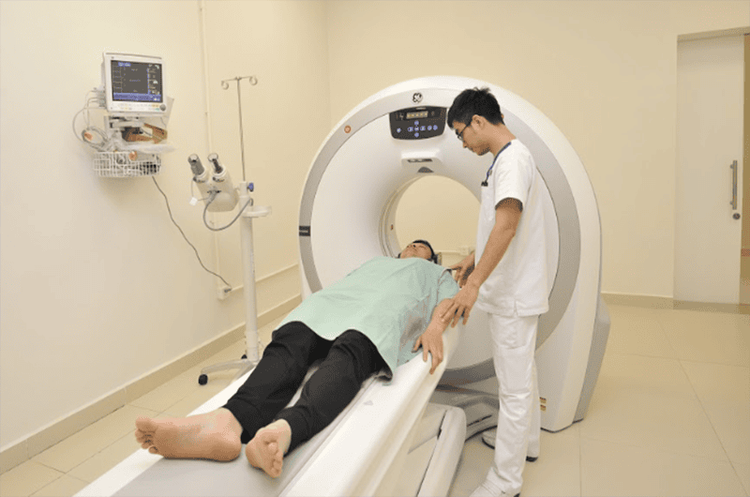
5. Treatment methods for hepatobiliary abscess
Hepatobiliary tract abscess is treated by two main methods: medical treatment with drugs and surgical treatment with surgical intervention. The choice of treatment strategy varies from patient to patient, depending on the stage of the disease, the patient's response, and other comorbidities and complications. In some cases, a combination of medication and surgical intervention is required to achieve effective treatment.Amoebic liver abscess responds well to anti-amoeba drugs if the disease is diagnosed at an early stage with localized lesions. Some anti-amoeba drugs that work well are metronidazole, tinidazole. Sometimes, liver abscesses caused by amoeba need to be prescribed antibiotics because they are prone to superinfection with other groups of bacteria. For bacterial hepatobiliary tract abscesses, antibiotics are the mainstay of treatment. Groups of antibiotics that can kill Gram-negative bacteria are preferred when initially empiric treatment. Ideally, antibiotics should be used according to the antibiogram results. Anti-shock treatment measures such as volume expansion, use of vasopressors should be applied when the patient has complications of septic shock.
Surgical methods include aspiration and drainage of the pus, stone removal surgery and surgical removal of the abscess. Purulent aspiration is applied when the abscesses are large, lying under the skin to help clean and relieve pressure in the abscess, and take culture samples to identify bacteria and make an antibiotic chart. Surgery to resolve the abscess is usually performed by laparotomy to ensure clean resolution of necrotic tissues. In severe cases, when the liver abscess is encapsulated with thick walls, spreading to many locations, the surgeon will consider liver resection. Remove stones in the biliary tract to recirculate and limit recurrence of hepatobiliary tract abscess.
Please dial HOTLINE for more information or register for an appointment HERE. Download MyVinmec app to make appointments faster and to manage your bookings easily.







